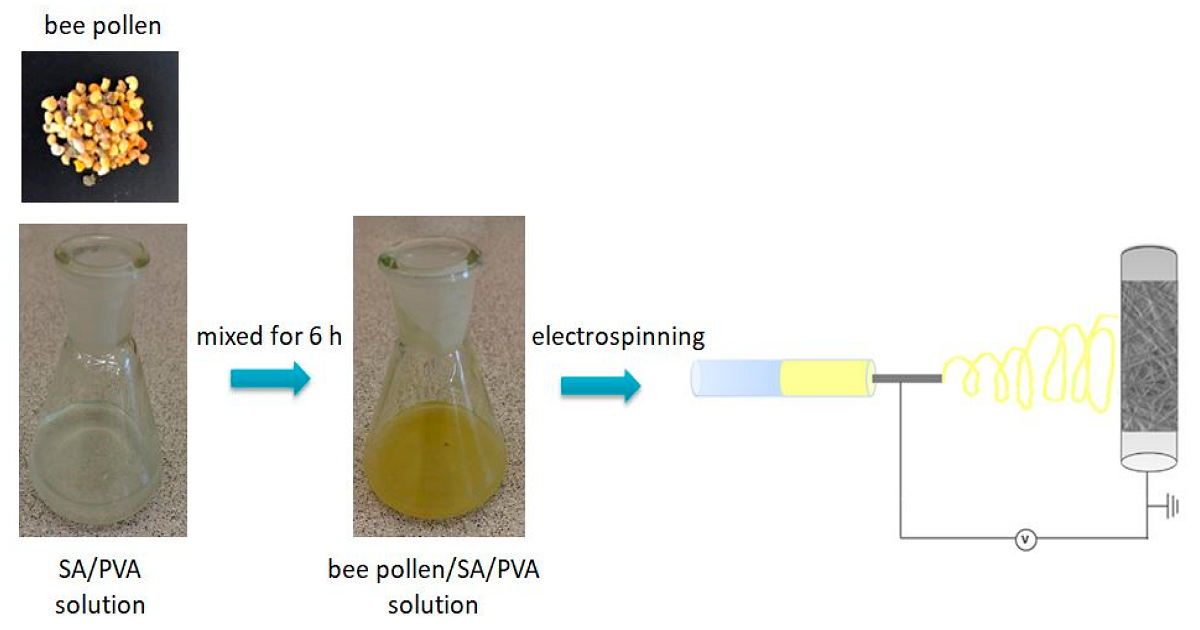Manufacturing and Application of Modified Nanofiber Composites
A special issue of Materials (ISSN 1996-1944). This special issue belongs to the section "Advanced Nanomaterials and Nanotechnology".
Deadline for manuscript submissions: closed (31 October 2021) | Viewed by 4127

Special Issue Editor
Special Issue Information
Dear Colleagues,
Despite the fact that the manufacturing of nanofibers has been known of since the late 19th century, the renaissance of their application belongs to the beginning of the 21st century. The question is why? The nanofibers attract attention primarily because of the unique properties resulting from their highly developed surface area. The second factor is the possibility of forming nanofibers using raw materials which cannot be processed into a fibrous form using classical methods. These unique features of the nanofibers are employed in the production of composite materials as reinforcing fibers, creating the possibility of expanding the interphase surface and giving the composite materials new functional properties. For more than a century, the development of products with the participation of nanofibers was limited by the efficiency of the technological processes. Therefore, the development of new processing techniques ensuring the profitability of the project is the main key to increasing the scale of production of the new materials themselves, as well as composite materials modified with nanofibers. Therefore, this special edition will be oriented towards presenting recent achievements in the fields of:
- high-efficient nanofibers manufacturing processes;
- technology for the introduction of nanofibers into composite matrices;
- research on the nanofibers/matrix interphase;
- technological processes of the chemical and physico-chemical modification of nanofibers to increase the fiber-to-matrix adhesion and the functionality of composites;
- new methods for assessing the properties of nanofibers and composites reinforced with them;
- new areas of application of modified nanofiber composites.
Prof. Dr. Izabella Krucińska
Guest Editor
Manuscript Submission Information
Manuscripts should be submitted online at www.mdpi.com by registering and logging in to this website. Once you are registered, click here to go to the submission form. Manuscripts can be submitted until the deadline. All submissions that pass pre-check are peer-reviewed. Accepted papers will be published continuously in the journal (as soon as accepted) and will be listed together on the special issue website. Research articles, review articles as well as short communications are invited. For planned papers, a title and short abstract (about 100 words) can be sent to the Editorial Office for announcement on this website.
Submitted manuscripts should not have been published previously, nor be under consideration for publication elsewhere (except conference proceedings papers). All manuscripts are thoroughly refereed through a single-blind peer-review process. A guide for authors and other relevant information for submission of manuscripts is available on the Instructions for Authors page. Materials is an international peer-reviewed open access semimonthly journal published by MDPI.
Please visit the Instructions for Authors page before submitting a manuscript. The Article Processing Charge (APC) for publication in this open access journal is 2600 CHF (Swiss Francs). Submitted papers should be well formatted and use good English. Authors may use MDPI's English editing service prior to publication or during author revisions.
Keywords
- nanofibers
- nanofibers/matrix interphase
- specific surface area
- nanofiber-to-matrix adhesion
- modified nanofiber composites
Benefits of Publishing in a Special Issue
- Ease of navigation: Grouping papers by topic helps scholars navigate broad scope journals more efficiently.
- Greater discoverability: Special Issues support the reach and impact of scientific research. Articles in Special Issues are more discoverable and cited more frequently.
- Expansion of research network: Special Issues facilitate connections among authors, fostering scientific collaborations.
- External promotion: Articles in Special Issues are often promoted through the journal's social media, increasing their visibility.
- Reprint: MDPI Books provides the opportunity to republish successful Special Issues in book format, both online and in print.
Further information on MDPI's Special Issue policies can be found here.






